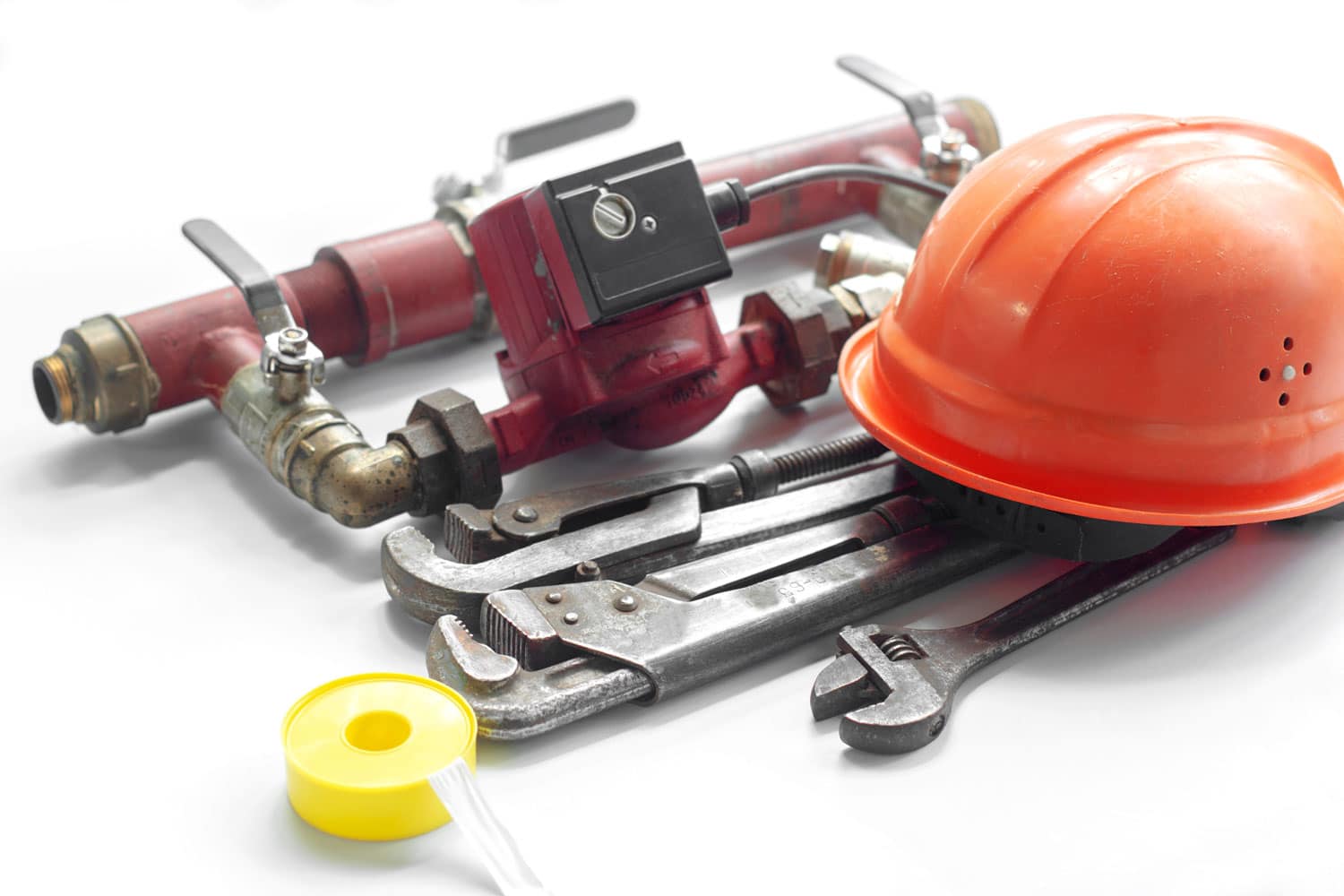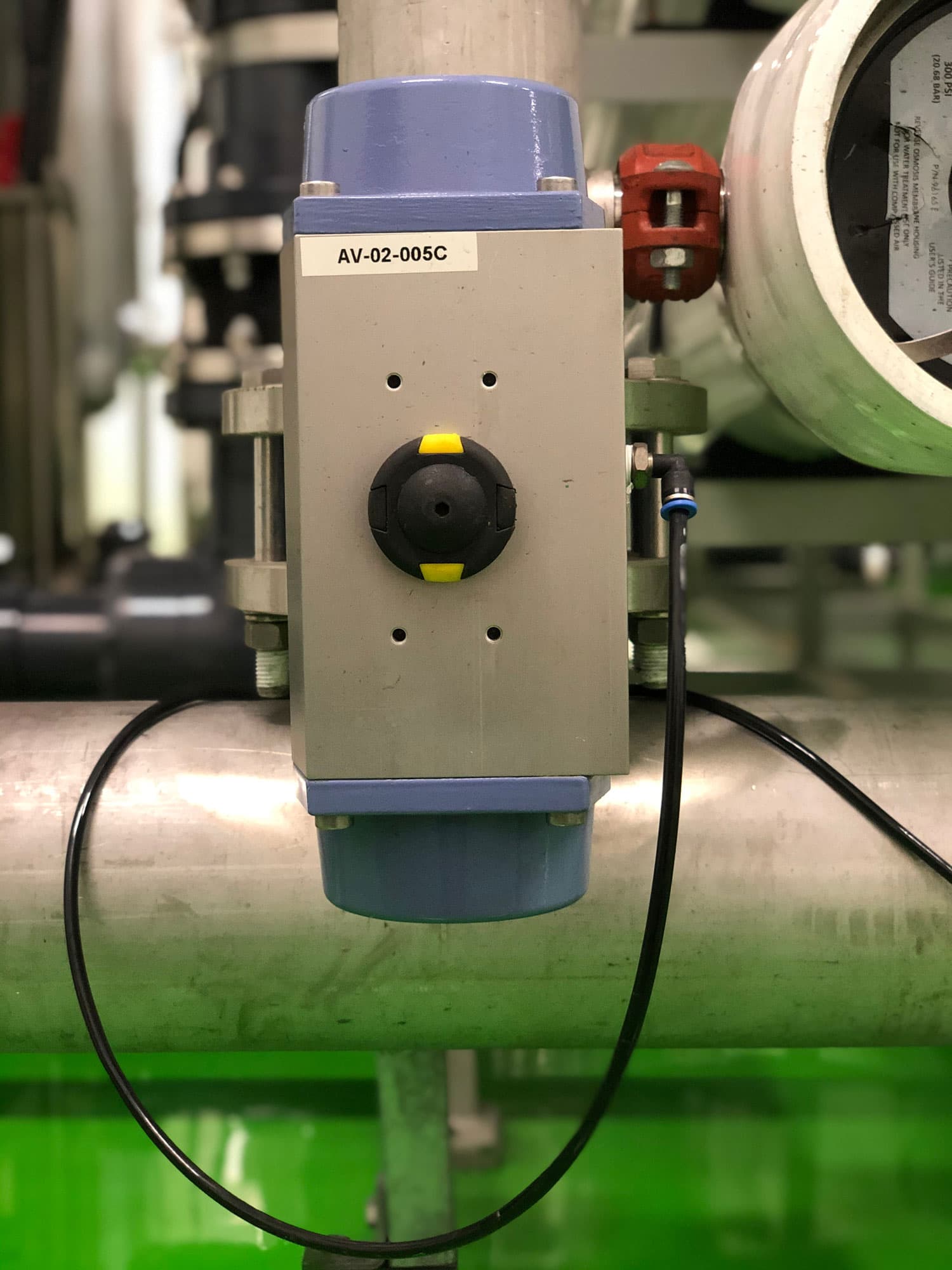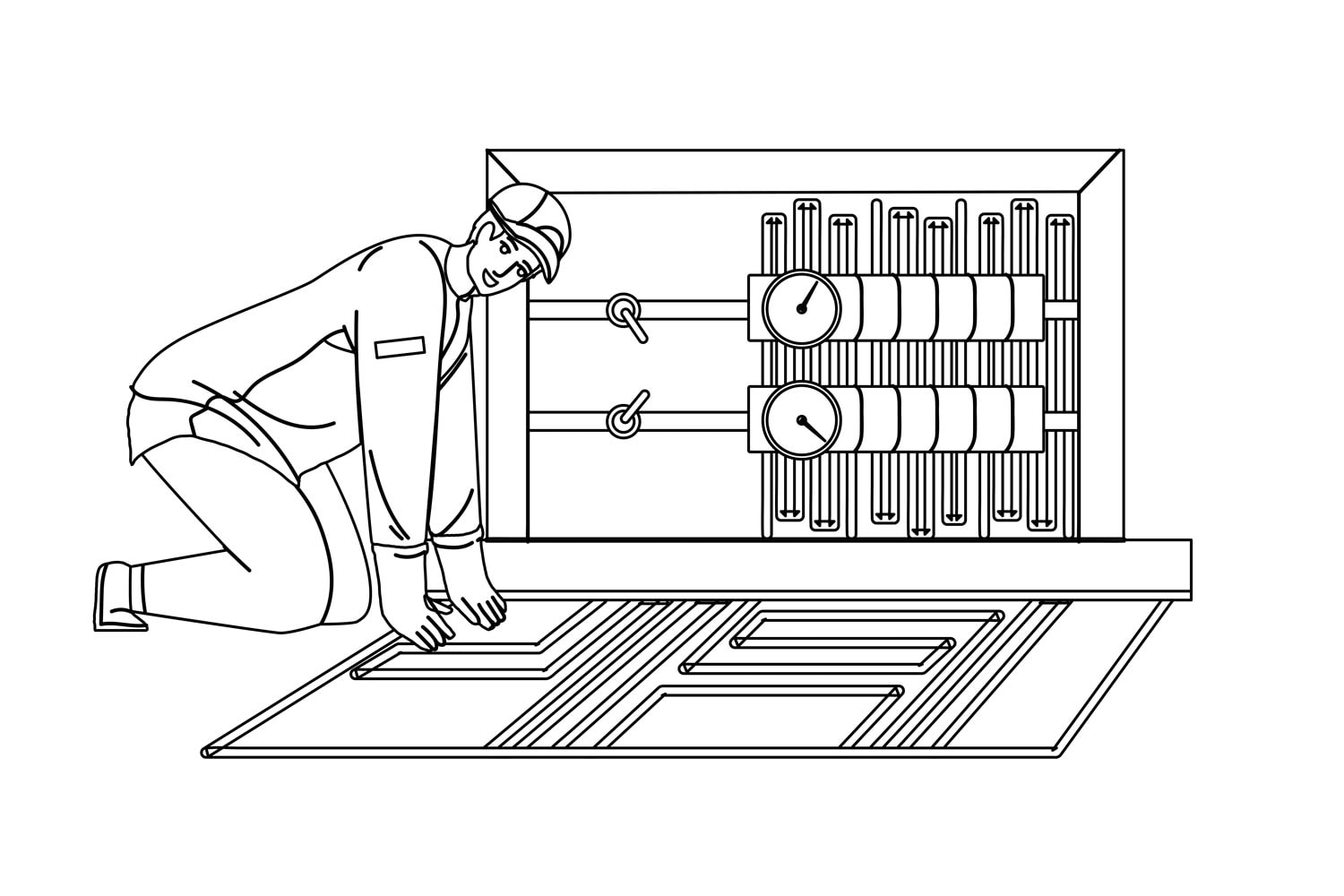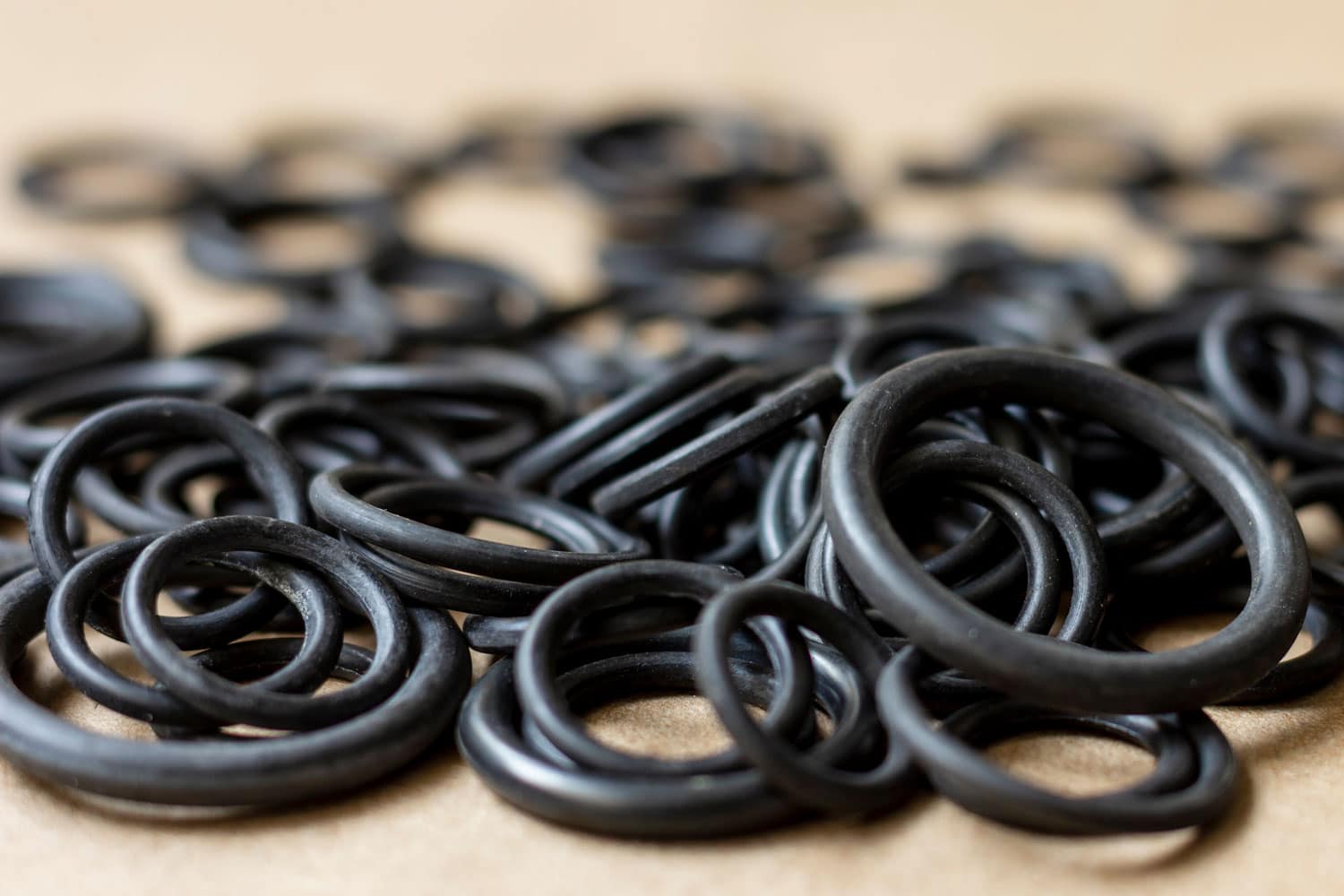For a heating system to function at its best, proper installation and maintenance are needed. To ensure that your system works efficiently, fitting a bypass can help. We did our research and gathered all the information you might need for installing a bypass in the right place on your heating system.
Bypass valves are usually fitted between the flow and return pipes, but the location can depend on the type of bypass you are using. Take note that there are different types of bypasses, and each one is installed in a specific way:
- Unregulated bypass pipe
- Manual bypass
- Automatic bypass valve
We will discuss where to locate each type of bypass in detail as we go along. After reading this article, you will be more knowledgeable about the bypass and the key points of how to install it.

Where To Put A Bypass According to Type
You probably already know that putting a bypass on your home's boiler will help your heating system function for a longer period. The only question that remains is where to put the bypass in your heating system.

Check out the different types of bypasses we have listed below and learn about how to install them:
Unregulated Bypass Pipe
This is the simplest and most common bypass design. It connects the pipelines between the inlet and outlet lines and does not need additional equipment. This kind of bypass usually does not have shut-off and control valves on its lintel.
An unregulated bypass pipe is often used when connecting a radiator. It can be installed horizontally or vertically, depending on the position of your heating system.
Do remember that the bypass diameter must follow a specific sizing to ensure that the liquid or coolant in your boiler will circulate along the bypass path without any problem.
Manual Bypass
As its name implies, a manual bypass is worked by hand. It is easy to identify because it has a ball valve for overlap or a three-way valve at the overlap of the bypass and the supply pipe to the radiator.
This type of bypass is best used for a detour in the system or in instances when the amount of fluid passing through the bypass needs to be adjusted.
A manual bypass is recommended for those with individual heating systems in their homes.
The ball valve installed in parallel with the central pump allows the boiler to close when the pump is running and to open manually in case it fails or needs to be replaced to restore circulation.
As a friendly reminder, if you live in an apartment building, you will not be allowed to put a manual bypass on your heater. This is to avoid any complications in circulation that might affect the heating systems in other apartments.
Automatic Bypass Valve

Most modern heating systems require an automatic bypass valve. It is particularly useful in maintaining efficiency and prolonging the life of your unit. Usually, this kind of valve is installed between the boiler and the radiators.
If your boiler has a thermostatic radiator valve, installing an automatic bypass valve can help ensure a constant minimum flow of water and reduce the chances of the system overheating.
Since the mechanism of this valve is automatic, when the thermostatic radiator valve closes, the flow in your system will lessen. An automatic bypass valve will open to maintain the flow through the heat exchanger.
The automatic bypass valve will also work in redirecting the fluid flow even if the pump stops because it is experiencing an issue or there is a power outage in the area.
Depending on your boiler manufacturer, automatic bypass valves can be adjustable according to the correct flow rate of your system. More information on this can be normally found in your unit's manual.
Is Installing A Bypass Necessary?
Generally, a bypass helps extend the life of your heating system. Its mechanism allows you to close and open the valve as needed, regardless of water pressure.
In an online public forum, a user shared that installing a bypass helps increase the efficiency of a heating system and avoid potential issues that can be caused by running the boiler for a prolonged period.
This not only saves energy but also ensures that there will be a constant flow of water to avoid overheating.
Whether you choose an unregulated bypass pipe, a manual bypass, or an automatic bypass valve, another benefit of installing a bypass is that you gain more control over your heating system.
If there is a glitch in your boiler, carrying out repairs would be much easier by simply turning off the pump through the bypass.
Do You Need A Bypass With Underfloor Heating?
Underfloor heating can benefit from having a bypass too. The purpose of the bypass with an underfloor heating system is the same as it is with other systems: it maintains the pump pressure at a constant level, especially if the thermostat valves are closed or almost closed.

When fitting a bypass on an underfloor heating system, you should be aware of the positioning of the valve in the circuit manifold. It can usually be connected through a two-port valve, which is also called an S-Plan system.
Once you install a bypass in your underfloor heating system, you will enjoy the benefits of a comfortable individual room temperature while saving energy. You can also enjoy a long service life from your heating system.
Why Is My Bypass Valve Leaking?

Learning to fix a problematic bypass valve is just as important as knowing where to put it. Before attempting to diagnose the issue at hand, turn off the unit's power and water supplies.
You also need to be familiar with the placement of valves in your current heating system so you can quickly pinpoint what area needs checking.
The common culprit of a bypass valve leak is a defective O-ring. An O-ring is usually made out of high-quality rubber. It is fixed in the valve to create a seal in the connection made by the bypass.
While O-rings are made with durability in mind, they can experience common wear and tear, especially if they have been installed for several years.
Whenever you turn your bypass valve on or off, the O-ring gets compressed. The friction between the metal in the bypass and the O-ring can cause it to break, which can start a leak.
When this happens, be sure to check your bypass valve and the O-ring. If the O-ring looks good and does not need to be replaced, you can try cleaning the valves and lubricating the area.
However, if the O-ring is damaged, the best solution is to change it immediately so that your heating system will work normally again. These solutions are DIY-friendly, but you can also seek the help of a professional.
Check out these universal O-rings on Amazon.
In Closing
Putting a bypass on your heating system can help you and your loved ones enjoy the warmth of a home with a uniform, regulated temperature.
Installing a bypass can also prolong the lifespan of your heating system, creating savings in the long run because you'll avoid hefty maintenance costs. Additionally, a bypass can make the entire heating system safer and more energy-efficient.
Remember that there are three types of bypasses: unregulated bypass pipe, manual bypass, and automatic bypass valve. You can choose the one that best suits your current heating system and have it installed by your trusted handyman.
If you have other concerns about your heating system at home, the following posts may give you more information:

